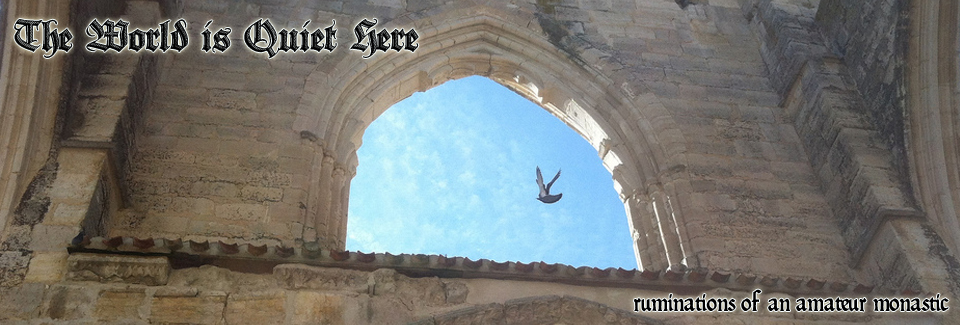The Illation of Saint Benedict

The Church honours Saint Benedict with two great feasts. One is not much celebrated these days, as it typically occurs during Lent, and it has been removed from the Universal Calendar. To these, some Benedictine monasteries add a third feast, which is celebrated today.

The feast of the Transitus of Saint Benedict is celebrated on March 21. This is the oldest of the saint’s feast days, and it is still celebrated in the Extraordinary Form and by Benedictines.
“Transitus” means what it sounds like – transition. The word is used to designated the death of the saints, their transition from the earthly life to their heavenly life. March 21 is the date of the saint’s death in AD 547.
The feast of the Translatio of Saint Benedict is celebrated on July 11. This is the date celebrated as a solemnity in the Ordinary Form (as well as by the Benedictines).
“Translatio” or “translation” refers to the movement of the saint’s relics from one place to another, and for many saints whose death date is unknown, or whose transitus occurs on or near a major feast, their date of their translation is celebrated instead.
For some major saints, such as Saint Benedict, or where the translation is an important local event, the date is celebrated in addition to the saint’s transitus.

The Translation of Saint Benedict in this case refers to that day when some of his bones (at least) arrived in Fleury Abbey in France. Benedict’s original resting place at Monte Cassino had been sacked by the Lombards in 580. It was not inhabited again for more than a century.
Today, however, is the day of a little known feast of the Saint.
The feast of the Illation of Saint Benedict is celebrated on December 4. This is the date when the traveling monks of Fleury discovered the saint’s abandoned crypt at Monte Cassino and recovered some of his relics.
In older liturgical books “Illation” is sometimes translated as “invention”, but in modern English it might be better translated as “discovery”. It refers to the discovery of a saint’s relics, lost through time or neglect or (as in this case) the destruction of the church or monastery where the relics were housed.
Few Benedictine monasteries celebrate this obscure feast. Certainly the monastery at Monte Cassino, which disputes the account of Fleury, does not! But the monasteries of the Solesmes Congregation, including the Abbey at Clear Creek, do.
While it appears in my Benedictine Ordo, the Office propers of the feast have not, to my knowledge, been translated into English. I have found them in Latin in the Suplementum ad Antiphonale Monasticum.




May you have all the joy of the feast!

Thank you for expounding the meaning of this lesser-known feast. You explained why I only found it on the calendar of Clear Creek Abbey!